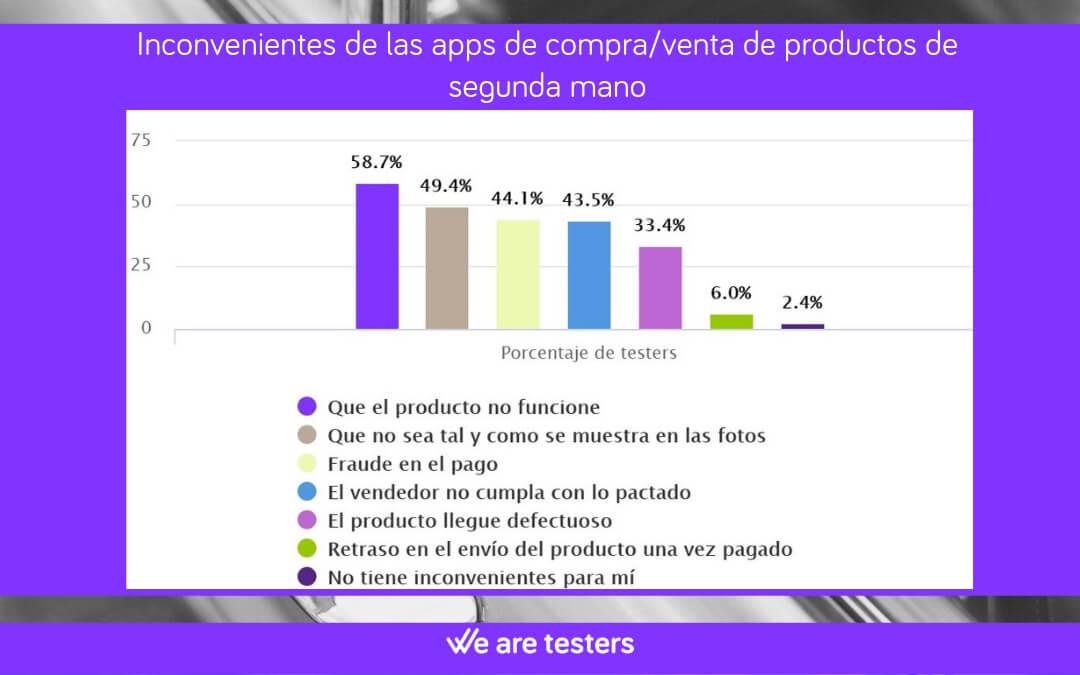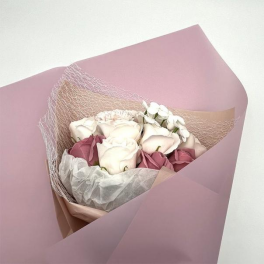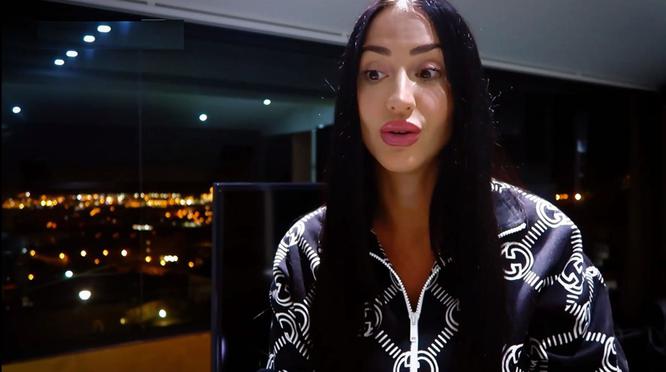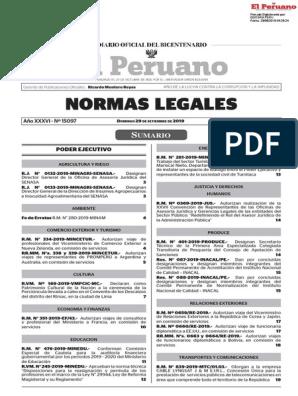Second-hand purchases and sales expand the consumer experience
As companies like The RealReal, 1stDibs and Depop continue to carve out market share in overall apparel and accessory sales, two key areas have come up in the conversation.
Do you prefer to listen? The full podcast on this topic can be found here.
One focuses on who has the right in a secondary market to sell certain brands. Specifically, Chanel has filed three lawsuits against The RealReal and 15 cease and desist orders. Their main arguments are that they should have full control over who sells their product, they should always receive benefits from the sale of their products, and, finally, that they are the only ones who can guarantee authenticity. Although Chanel, and other fashion brands, have long been sold in thrift stores around the world, the difference here is the scale and control that The RealReal has.
The other conversation focuses on the sustainability of fashion and the change in consumer behavior towards buying something used, instead of something new. In fact, this has been a marketing strategy that TheRealReal has been using in their TV commercials. And although there are clear benefits of selling and buying second-hand products, for many this statement may seem more like a “green hoax” or “greenwashing”, than the truth. After all, The RealReal relies on a strong round-trip shipping scheme to receive and sell products. What's more, the payout for customers is quite low, as the company sets the selling price and thus potentially undermines the customer's reason for being a part of this transaction.
What's missing from these conversations is a discussion of the long-term view of brand engagement, especially post-purchase. Traditionally, the marketing strategy is based on bringing a customer back through the door to buy a new product, sell or buy a used product. However, by encompassing second-hand sales, there is real potential for fashion brands, especially luxury brands, to re-think how to re-engage with customers in a life-long experience, one that acknowledges changing trends and social behaviors. .
I'll miss my beach hair and my vacation state of mind but I am happy to be home and to have a game plan on how to m… https://t.co/cdVCnRBkqn
— leila Wed Jul 07 05:53:58 +0000 2021

For example, not more than 50 years ago, part of the Chanelera experience was to go to Paris to visit the store on Rue Cambon and have your measurements taken for a made-to-measure dress. Now that Chanel has stores all over the world, this is no longer necessary. So, imagine what it might be like to experience an extremely carefully curated vintage store owned and operated by Chanel in Paris exclusively. And what if Chanel operated an online expansion of this experience, allowing them to meet growing customer demand for online experiences, while maintaining exclusivity and control when it comes to their new collections?
Not only does this offer another layer to the contemporary brand experience, which is now largely online, but it gives a brand like Chanel the opportunity to better manage what products are on the market. Which in turn allows them to have more control over the overall brand DNA and brand narrative.
What's more, as luxury prices continue to rise in value — especially one-off pieces and limited collections — there is an opportunity to reimagine clothing and accessories in the context of the antique and art market. In many cases, these markets excel in their ability to build value over time, while fashion has always focused on the new, with some separate cases like Nike. Artists, producers, and brands that understand this have been able to closely control and monetize their legacy. For those who don't, the power has been transferred to the auction houses and galleries that get most of the profits from the sale.
Simply put, The RealReal can and will dominate the market if the brands let it. Despite the demands. But if brands act now, with this long-term mindset, they will not only be able to control the market better, they will also be able to develop a more engaging and complex customer experience across multiple touchpoints, and across an entire lifetime. lifetime.


